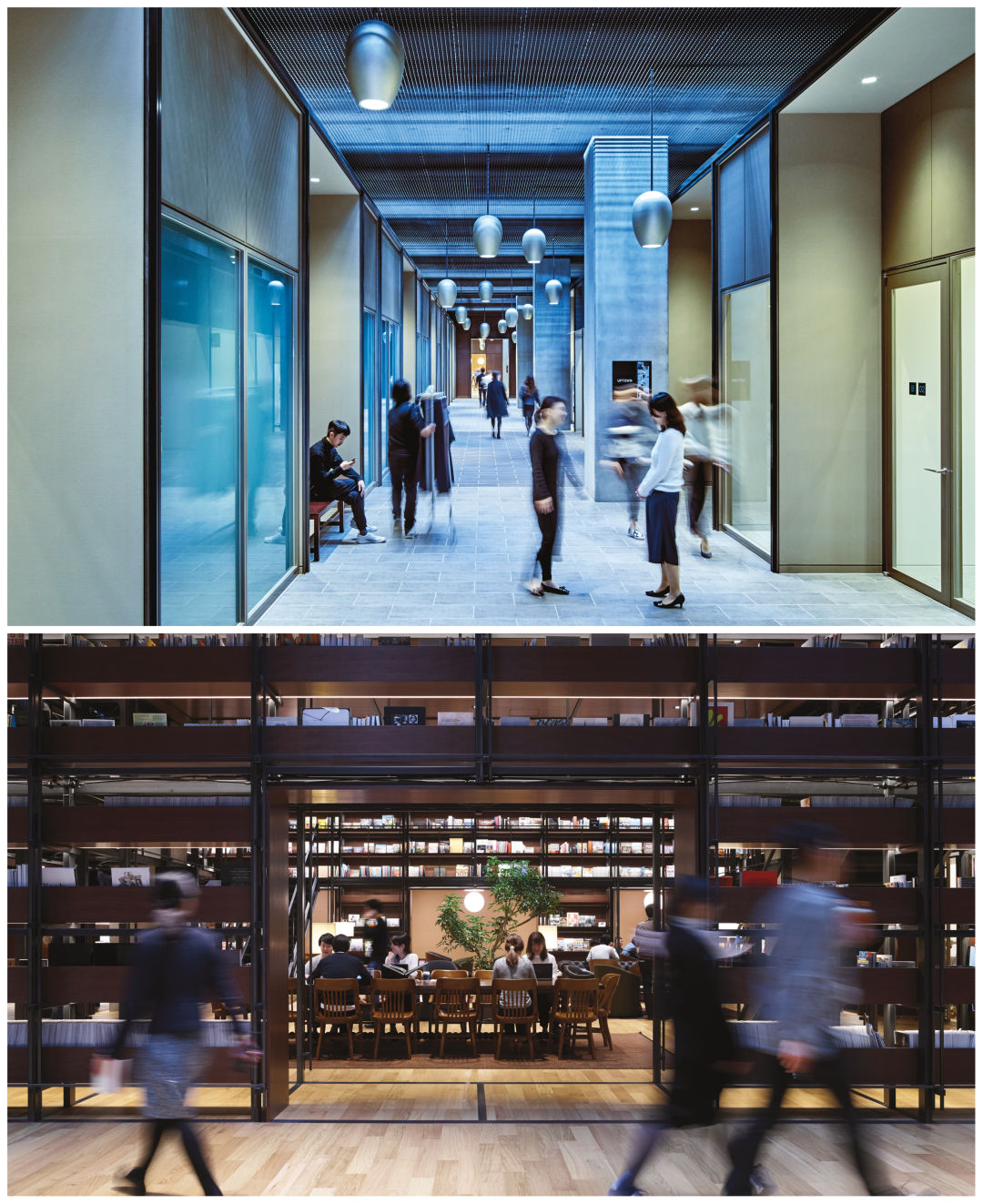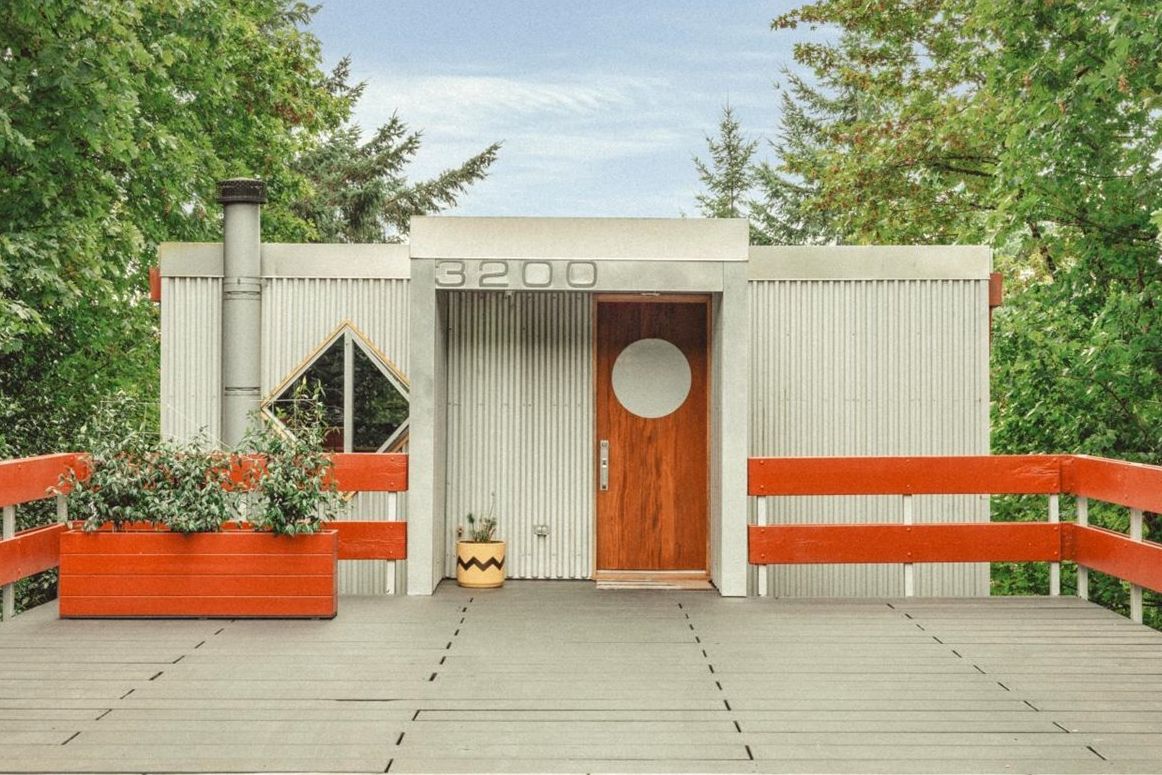How Portland Helped Design Uniqlo's New Tokyo Headquarters

Image: Courtesy Kenji Takahashi
Can a new office unleash a company’s creative potential? Uniqlo, the Tokyo-based garment and retail giant, is wagering the answer is “yes”—and asked Portland to place the bet.
In February, Uniqlo, a subsidiary of Fast Retailing Company, opened a brand-new 200,000-square-foot headquarters atop a distribution warehouse in Tokyo’s Ariake district. Dubbed Uniqlo City, the project is the brainchild of former Wieden & Kennedy global creative director John Jay, who joined Fast Retailing in 2014, and architect Brad Cloepfil, founder of Allied Works, the Portland firm that has designed high-profile art museums, wineries, and university buildings across the country. Cloepfil’s designs for creative workspaces for Wieden & Kennedy itself and other clients, including Pixar, persuaded Jay to hire him.
Jay and Cloepfil wanted to change how all of Uniqlo’s 1,000 or so Ariake employees work, encouraging open exchange and transparency. To achieve this, Cloepfil and Allied Works organized Uniqlo HQ like an actual city—with a central thoroughfare offset by four “town squares” and meeting areas called “porches.”
“We wanted to provide diversity of space for incidental and intentional exchange,” says Cloepfil, who likens the office to an instrument and employees to musicians.

A digital “Answer Lab” broadcasts footage from around the globe. The 3,000-book reading room is curatorial perfection, while the coffee shop spins vinyl handpicked by Portland’s Beacon Sound. Employees can move freely about the “city,” and Uniqlo’s powerful founder and CEO, Tadashi Yanai, now traverses the new space regularly—often seen by his employees for the first time. So far, it’s a success story.
“Corporate headquarters tend to lack sensitivity towards creativity,” Jay says. “In Asia, it’s still a culture of hard work and sweat, less about inspiration.”
“I was there on the first day and was ecstatic because people were using all of the informal spaces,” Cloepfil says. “The radicalness of that in Japanese work culture I can’t overstate.”




